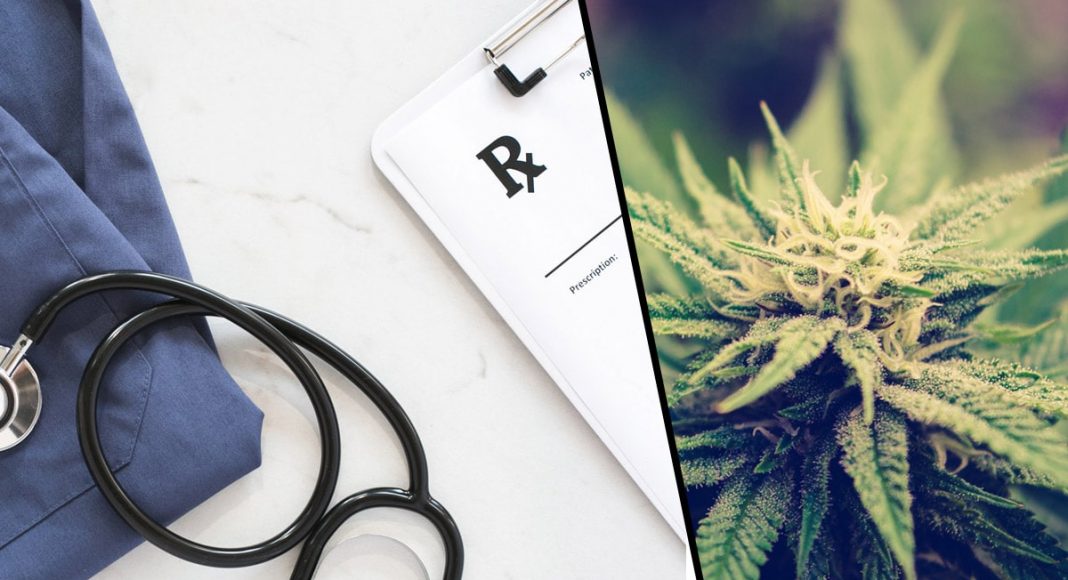This week, the Bureau of Cannabis Control (the “BCC”) announced that as of January 9, 2019, Section 11362.775 of the Health and Safety Code (the “Code”) will no longer be in effect. The BCC notice ends the popular collective and cooperative models of cannabis cultivation, manufacturing and distribution in California. These models were promulgated through the use of “creative” legal advice in order to take advantage of the Compassionate Use Act’s multiple loopholes and ambiguities, and usually involved patients joining a “closed loop” membership system (sometimes a formal corporate entity and sometimes not) to receive medical cannabis from other patients in the collective who grow or process it for them.
California’s transition into a regulated commercial cannabis system left many operators, particularly those with non-profit mutual benefit corporations structured as collectives or cooperatives, uncertain as to just how much time they have left to operate. We’ve encountered some operators who, for a variety of reasons including the time and expense of the process, or their inability to comply with local zoning requirements at their current location, are reluctant to abandon the collective model in favor of receiving a state license under MAUCRSA.
Unfortunately, these operators will have no choice but to join the regulated system, and there are a laundry list of reasons why it makes sense to do that sooner rather than later. Given the recent dismantling of the federal government’s former cannabis enforcement framework, operators will be opening themselves up to much greater risk if they are choosing to operate outside of the state’s licensing framework. US Attorneys now have full discretion to determine to what extent they can and should enforce federal law in the context of marijuana crimes, and we would be willing to bet that California’s US Attorneys won’t be turning a blind eye to cannabis businesses that continue to operate in contravention of local law, or without a state license.
-
Related Story: California’s Medical Marijuana Revenue Is Staggering
Following the implementation of MAUCRSA, qualified patients and their caregivers may continue to operate with limited criminal immunity without a state license, so long as: (1) the patients and caregivers operate in full compliance with state law, and (2) the local government does not prohibit the activity. See, H&S Code sections 11362.5, 11362.765, 11362.77, and 11362.7. But as we stated above, immunities for medical cannabis collectives (i.e., non-profit mutual benefit corporations, non-profit corporations, non-profit cooperatives, etc.) will expire on January 9th of next year.
And although MAUCRSA expressly exempts qualified patients and caregivers from licensure requirements, it does not allow qualified patients, their caregivers, or cannabis businesses to conduct commercial cannabis activity without a license. Any collective currently engaging in commercial cannabis activity that exceeds the strict qualified patient and primary caregiver limits is in violation of MAUCRSA and is operating illegally.
As a reminder, to be immune from prosecution under the Compassionate Use Act and MAUCRSA, a primary caregiver (or a collective) must operate within the following confines when acting without a state license:
- Cultivation, possession, storage, manufacture, transportation, donation, or provision of cannabis must be exclusively for the personal medical purposes of no more than five specified qualified patients for whom the caregiver is the primary caregiver. (B&P section 26033(b));
- The caregiver cannot receive remuneration for these activities other than for actual expenses, including reasonable compensation incurred for services provided to an eligible qualified patient or person with an identification card to enable that person to use cannabis, or for payment for out-of-pocket expenses incurred in providing those services. (B&P section 26033(b), H&S Code section 11362.765(c));
- The caregiver cannot possess more than eight ounces of dried cannabis per qualified patient unless a physician’s recommendation or local guidelines allow amounts in excess of this limit. (H&S Code section 11362.77(a)-(c)); and
- The caregiver cannot maintain more than six mature or twelve immature cannabis plants per qualified patient unless a physician’s recommendation or local guidelines allow amounts in excess of this limit. (H&S Code section 11362.77(a)-(c)).
In addition, everyone, including collectives and caregivers, must still comply with applicable local law. And collectives and cooperatives that opt not to apply for a state license right away will be limited in their ability to distribute their product. The bottom line is that commercial cannabis activity is only permitted among licensees, and once a business entity or individual receives an active temporary license or a full license from the state, they must immediately cease doing business with non-licensed entities, or they risk losing their license. See B&P section 26053(a). And for those licensees looking to “have their cake and eat it too” by obtaining a state license while maintaining a collective or cooperative, keeping that non-licensed entity will put the state license at risk.
With local license caps quickly being reached, stringent legal limitations on collectives and cooperatives, and an uncertain federal enforcement landscape, we cannot emphasize enough the importance of integrating into the regulated state system as soon as possible. Holding on to the collective model through the next year will make that transition much more difficult, and perhaps even impossible.
Alison Malsbury is an attorney at Harris Bricken, a law firm with lawyers in Seattle, Portland, Los Angeles, San Francisco, Barcelona, and Beijing. This story was originally published on the Canna Law Blog.


